Home>Articles>How To Get Rid Of Bats In The Attic With Mothballs?
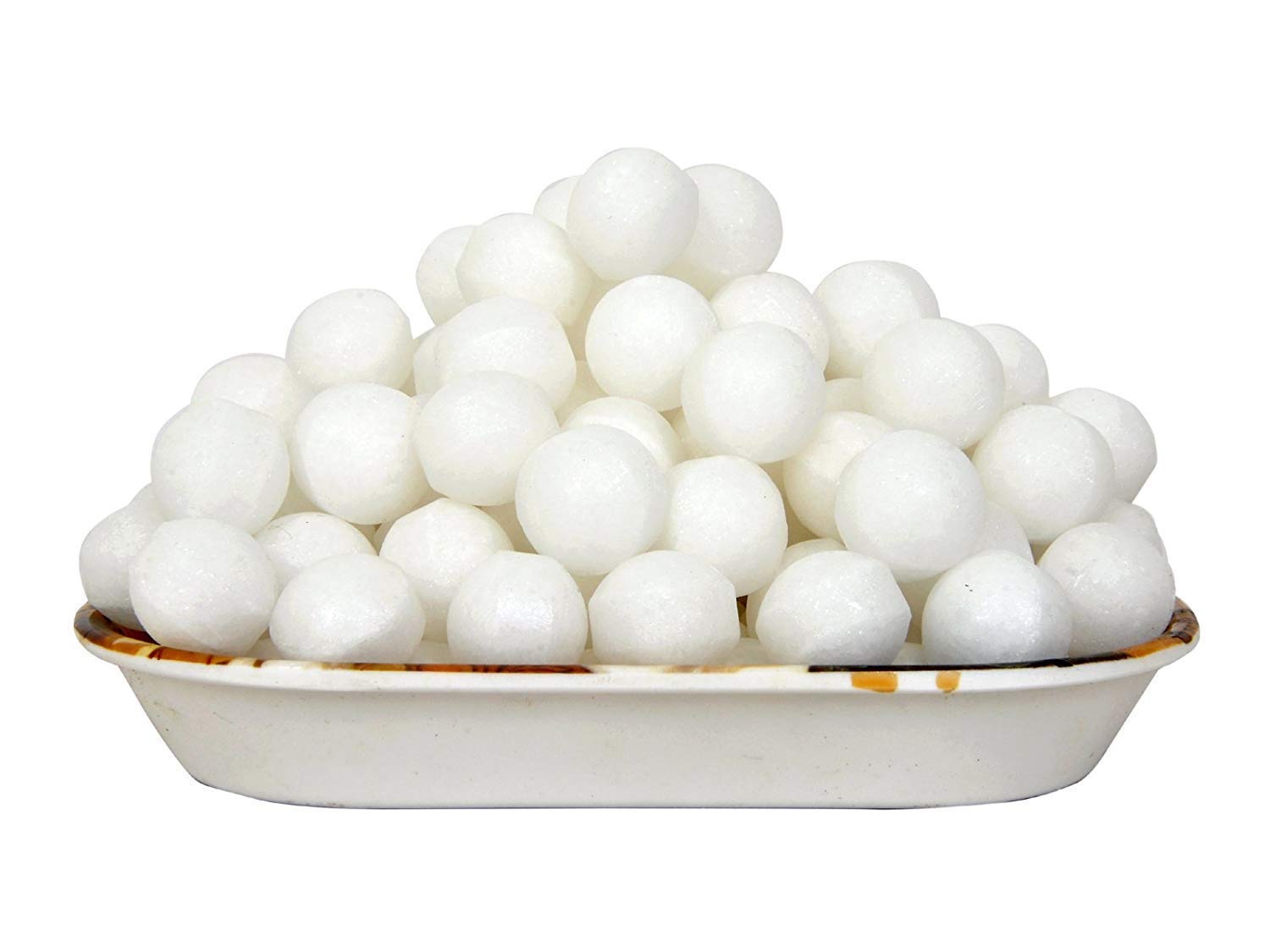

Articles
How To Get Rid Of Bats In The Attic With Mothballs?
Modified: February 24, 2024
Learn effective methods for getting rid of bats in the attic using mothballs. Discover expert articles on bat removal and prevention.
(Many of the links in this article redirect to a specific reviewed product. Your purchase of these products through affiliate links helps to generate commission for Storables.com, at no extra cost. Learn more)
Introduction
Having bats in the attic can be a nuisance and cause a multitude of problems for homeowners. From the noise they make to the health risks associated with their droppings, it’s understandable why many people want to get rid of them. One popular method that some homeowners consider is using mothballs to repel bats from their attics. However, is this really an effective solution?
In this article, we will explore the concept of using mothballs to eliminate bats from the attic and whether or not it is a viable strategy. We will also discuss alternative methods that are proven to be more effective in getting rid of bats, ensuring a bat-free and safe living environment.
Key Takeaways:
- Mothballs are ineffective for removing bats from the attic due to their limited coverage, health risks, and the adaptability of bats. Alternative methods like exclusion, bat boxes, and professional removal services offer more reliable solutions.
- Prioritize humane and effective methods for bat removal, such as exclusion and sealing, installing bat boxes, and seeking professional wildlife removal services. Always adhere to local laws protecting bats and consult with experts for ethical and responsible bat removal.
Read more: How To Get Rid Of Bats In The Attic
Understanding the presence of bats in the attic
Bats are known to be attracted to attics due to the warm and secluded environment they provide. Attics offer protection from predators and provide a safe space for bats to roost and raise their young. Unfortunately, this also means that over time, a bat colony can grow in size and cause various issues for homeowners.
When bats are present in the attic, they can produce a significant amount of noise, especially during their active periods at twilight. This can be disruptive and disturb the peace of the household. Additionally, bat droppings, or guano, can accumulate and create a foul odor. Not only is this unpleasant, but it can also pose health risks as bat droppings can contain bacteria and fungi that cause respiratory issues.
It’s crucial to address the bat infestation problem promptly to avoid further damage to the attic and potential health hazards. While mothballs may seem like a convenient solution, there are several drawbacks and limitations to consider.
The drawbacks of using mothballs for bat removal
Using mothballs as a method for bat removal may seem like an easy and inexpensive solution. However, it is important to understand the drawbacks and limitations associated with this approach.
1. Ineffectiveness: Mothballs are primarily designed to repel insects and pests that are attracted to fabrics and stored items. They contain the chemical naphthalene, which produces a strong odor that deters these pests. However, bats are not repelled by the smell of mothballs, rendering them ineffective in keeping bats away from the attic.
2. Limited coverage: Mothballs have a small radius of effectiveness. They work by releasing fumes that disperse into the air, creating a toxic environment for insects and pests. However, this odor dissipates quickly in open spaces like attics, making it difficult to create a concentrated enough barrier to deter bats effectively.
3. Health risks: Mothballs contain chemicals that can be hazardous to humans and animals when used improperly. Naphthalene, the primary ingredient in mothballs, is known to be toxic and can cause respiratory issues, nausea, and even liver damage when exposed to high concentrations. Exposing yourself or your family to these chemicals in an enclosed space like the attic can be risky.
4. Environmental concerns: Mothballs are not an environmentally friendly solution for bat removal. The chemical ingredients can contaminate soil and water sources, posing a threat to local ecosystems. It is important to prioritize eco-friendly methods that are safe for both humans and wildlife.
Considering these drawbacks, it is clear that using mothballs is not a reliable or effective method for removing bats from the attic. Luckily, there are alternative approaches that can be employed to ensure a bat-free living space.
Seal all entry points, then place mothballs in the attic to deter bats. However, it’s important to note that mothballs may not be effective and can be harmful to humans and pets. It’s best to consult a professional for safe and effective bat removal.
Reasons why mothballs are ineffective against bats
While mothballs may have some success in repelling certain pests, they are generally ineffective when it comes to deterring bats. Here are a few reasons why mothballs fail to keep bats away:
1. Different preferences: Bats are not attracted to the same things that insects and pests are repelled by. While mothballs may work well for warding off pests that are attracted to fabrics and stored items, bats are attracted to warm, dark, and secluded spaces. The odor of mothballs does not deter bats from roosting in the attic.
2. Acute sense of smell: Bats have an exceptional sense of smell, and they are skilled at navigating through scents and odors. They can easily detect the presence of mothballs, but the smell does not discourage them from roosting. Mothballs would need to release an overwhelming concentration of fumes in a confined space to have any chance of deterring bats effectively.
3. Adaptability: Bats are highly adaptable creatures and can tolerate a wide range of environmental conditions. They can acclimate to strong odors, including those produced by mothballs, without being deterred. Their intrinsic drive to find warm and secure roosting spots outweighs any repelling effects that mothballs may have.
4. Limitations of coverage: Mothballs have a limited radius of effectiveness, and their fumes quickly dissipate in an open space like an attic. Bats can simply move away from the area where the mothballs are placed or find alternative routes to access the roosting sites. This makes it difficult to create a concentrated barrier to keep bats out of the attic.
5. Ethical concerns: It’s important to consider the ethical implications of using mothballs as a bat repellent. Bats are beneficial animals that play a crucial role in insect control and pollination. They are protected by laws in many regions and should be treated with respect and conservation in mind. Exploring humane and environmentally friendly methods for bat removal is essential.
Considering these reasons, it is clear that mothballs are ineffective when it comes to eliminating bats from the attic. It is crucial to explore alternative methods that are proven to be more successful in safely and responsibly removing bats from residential spaces.
Alternative methods for getting rid of bats in the attic
When it comes to getting rid of bats in the attic, it is important to prioritize humane and effective methods that ensure the safety of both the homeowners and the bats themselves. Here are some alternative approaches to consider:
- 1. Exclusion and sealing: One highly recommended method is to perform bat exclusion, which involves identifying and sealing all possible entry points into the attic. Bats can squeeze through even the smallest openings, so it is essential to thoroughly inspect the attic and seal any gaps or cracks. It is crucial to consult with professionals who have expertise in bat exclusion to ensure that all entry points are properly sealed.
- 2. Bat boxes: Installing bat boxes or bat houses near the property can provide an alternative roosting spot for bats. These boxes are designed to mimic natural roosting sites and provide a safe shelter for bats. By providing an alternative habitat, you can encourage the bats to relocate from the attic to a more appropriate area.
- 3. Bright lights and noise: Bats are nocturnal creatures and prefer dark and quiet spaces. By installing bright lights and playing loud music or ultrasonic noise devices in the attic, you can create an inhospitable environment for bats. However, this method may not be effective for long-term bat removal and should be used in conjunction with other strategies.
- 4. Professional wildlife removal services: If the bat infestation is severe or if you are uncertain about handling the removal process yourself, it is advisable to hire professional wildlife removal services. These experts have the knowledge, experience, and equipment to safely and effectively remove bats from your attic while ensuring their well-being.
- 5. Legal considerations: It is important to understand and comply with local laws and regulations regarding bat removal. In many regions, bats are protected species, and it is illegal to harm or kill them. It is essential to consult with local wildlife authorities or conservation organizations to ensure that the removal process is conducted legally and ethically.
By implementing these alternative methods, you can effectively remove bats from your attic while promoting their conservation and well-being. Remember to always prioritize the safety of both humans and bats throughout the bat removal process.
Conclusion
While mothballs may seem like a convenient solution for getting rid of bats in the attic, they are ultimately ineffective and can pose health risks to humans and the environment. Bats have different preferences and an acute sense of smell that allows them to navigate through odors, making mothballs an ineffective deterrent. It is crucial to explore alternative methods that prioritize humane and effective bat removal.
Alternative methods such as exclusion and sealing, installing bat boxes, using bright lights and noise, and seeking professional wildlife removal services offer more reliable and sustainable solutions for eliminating bats from the attic. These methods ensure the safety of both humans and bats and help in preventing further damages and health hazards associated with bat infestations.
When dealing with bats in the attic, it is important to adhere to local laws and regulations protecting bats as they play a vital role in ecosystems. Bats are beneficial creatures that help control insect populations and support pollination. Therefore, it is crucial to approach bat removal with respect and conservation in mind.
Remember to consult with professionals, such as wildlife removal experts, to ensure the proper and ethical removal of bats from your attic. They have the knowledge, experience, and tools necessary to safely and effectively handle bat infestations.
By adopting alternative methods and responsibly addressing bat infestations, you can ensure a bat-free and safe living environment while promoting the conservation of these invaluable creatures. Always prioritize the well-being of both humans and bats throughout the bat removal process.
Frequently Asked Questions about How To Get Rid Of Bats In The Attic With Mothballs?
Was this page helpful?
At Storables.com, we guarantee accurate and reliable information. Our content, validated by Expert Board Contributors, is crafted following stringent Editorial Policies. We're committed to providing you with well-researched, expert-backed insights for all your informational needs.
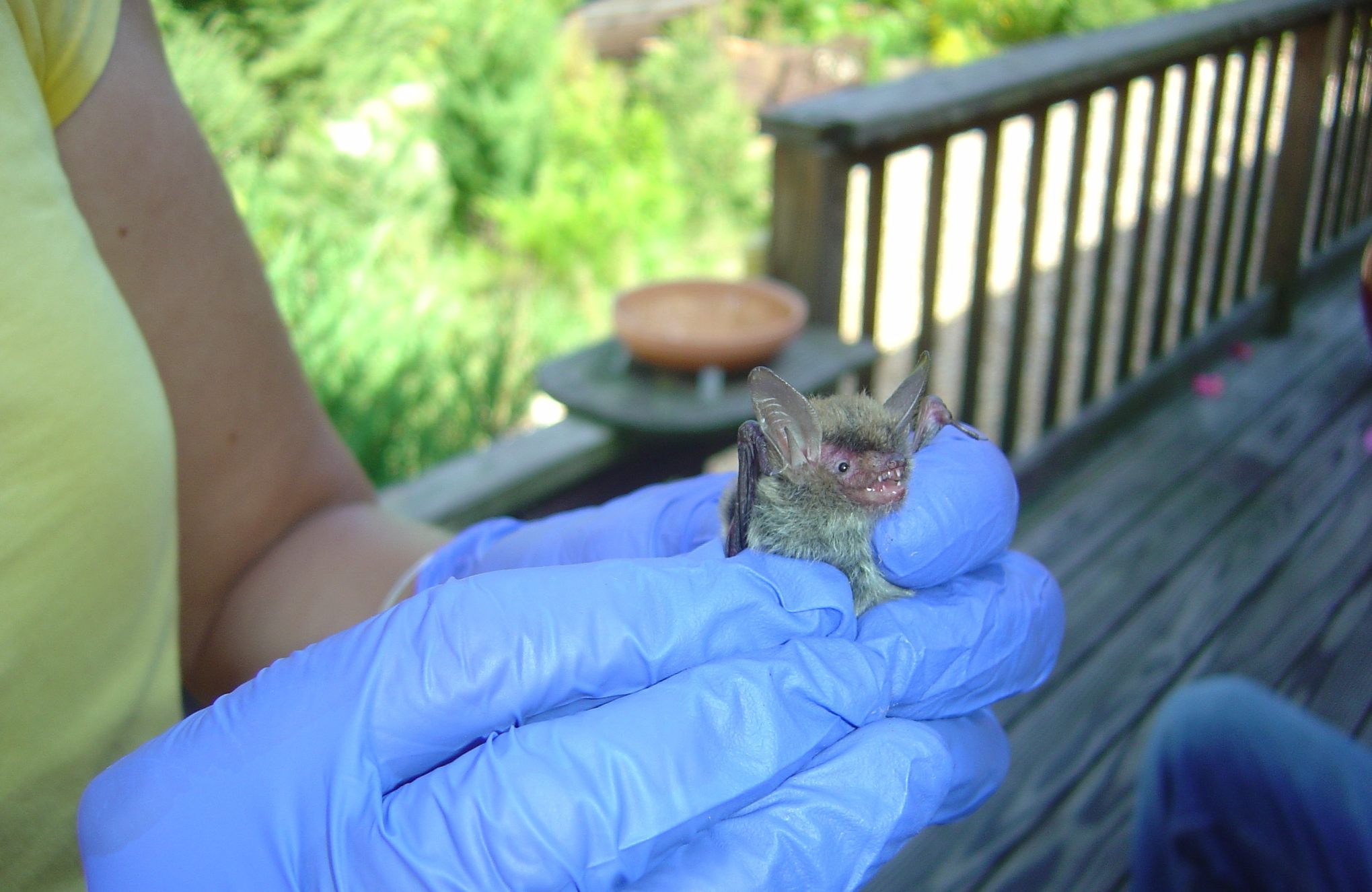
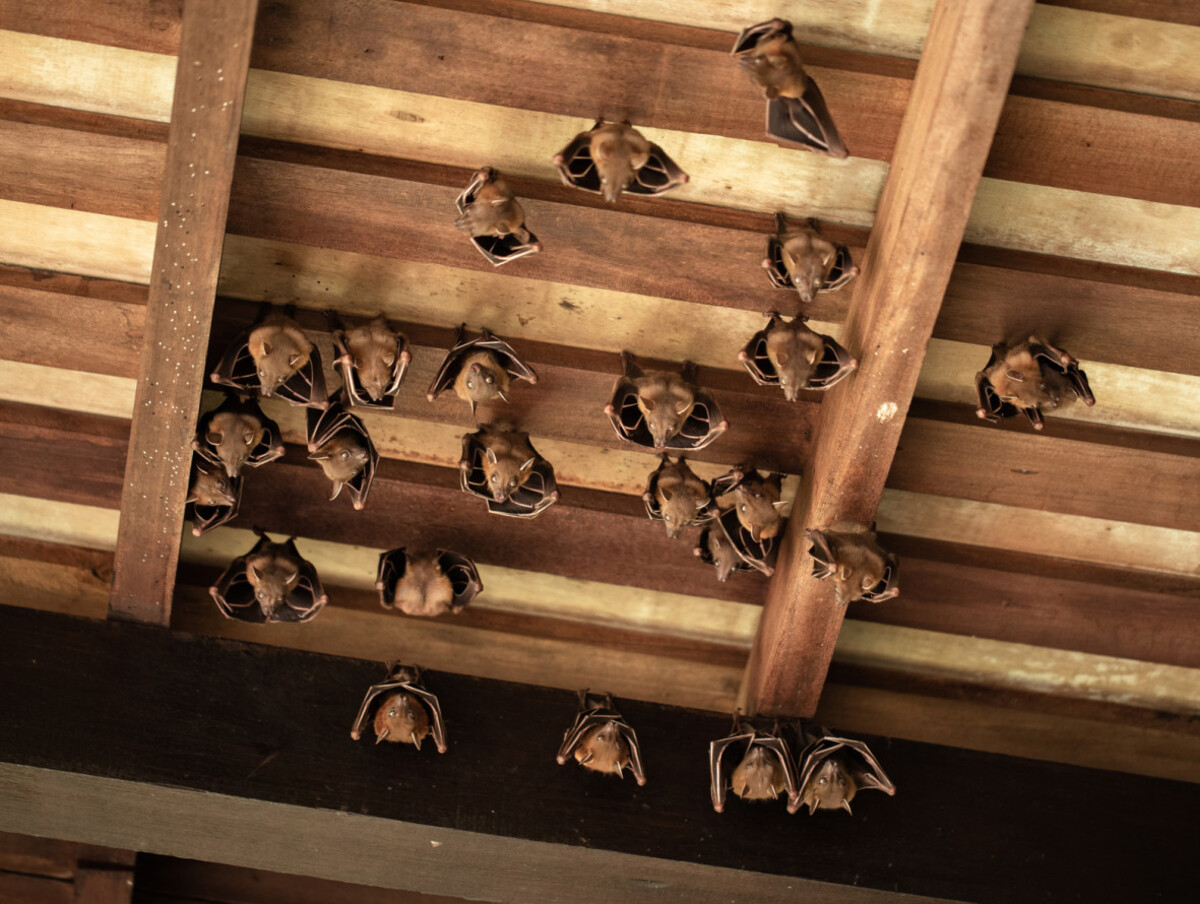
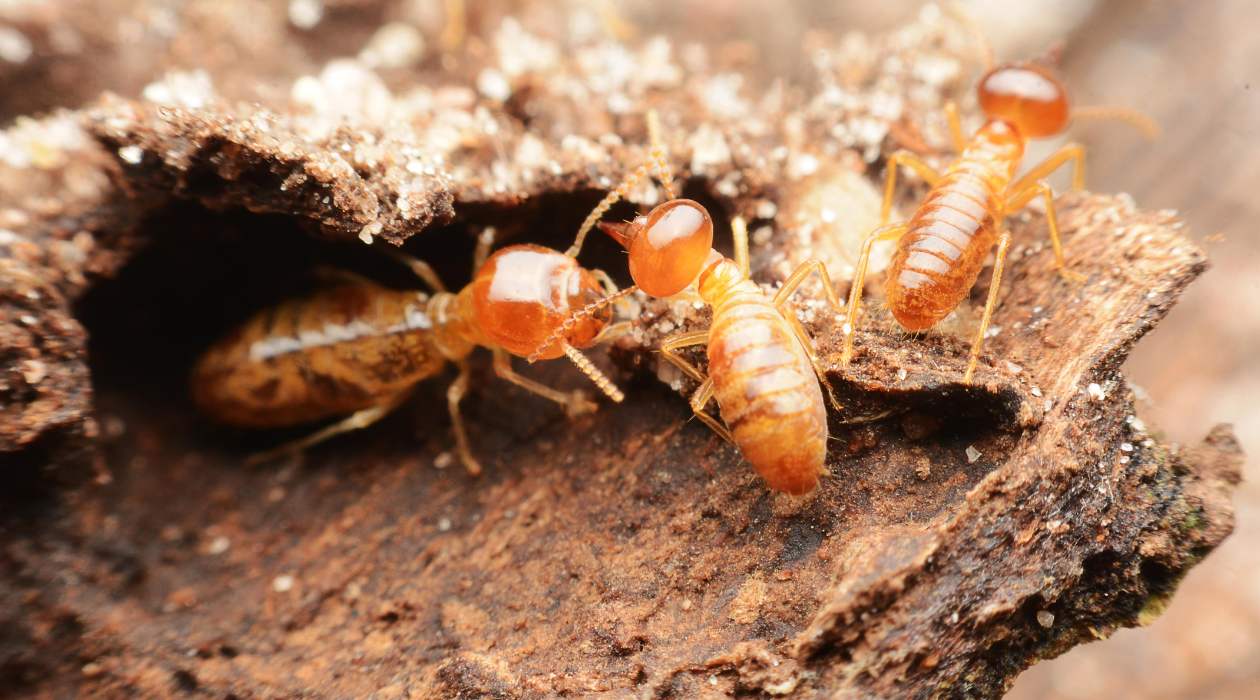
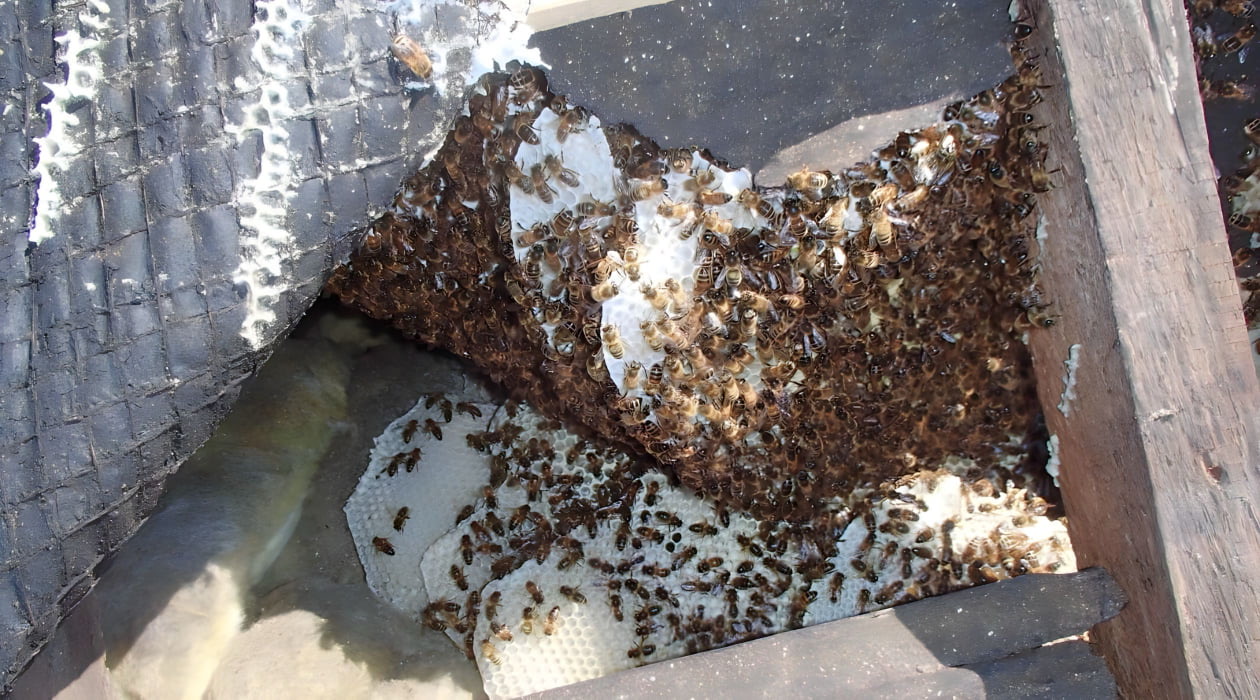
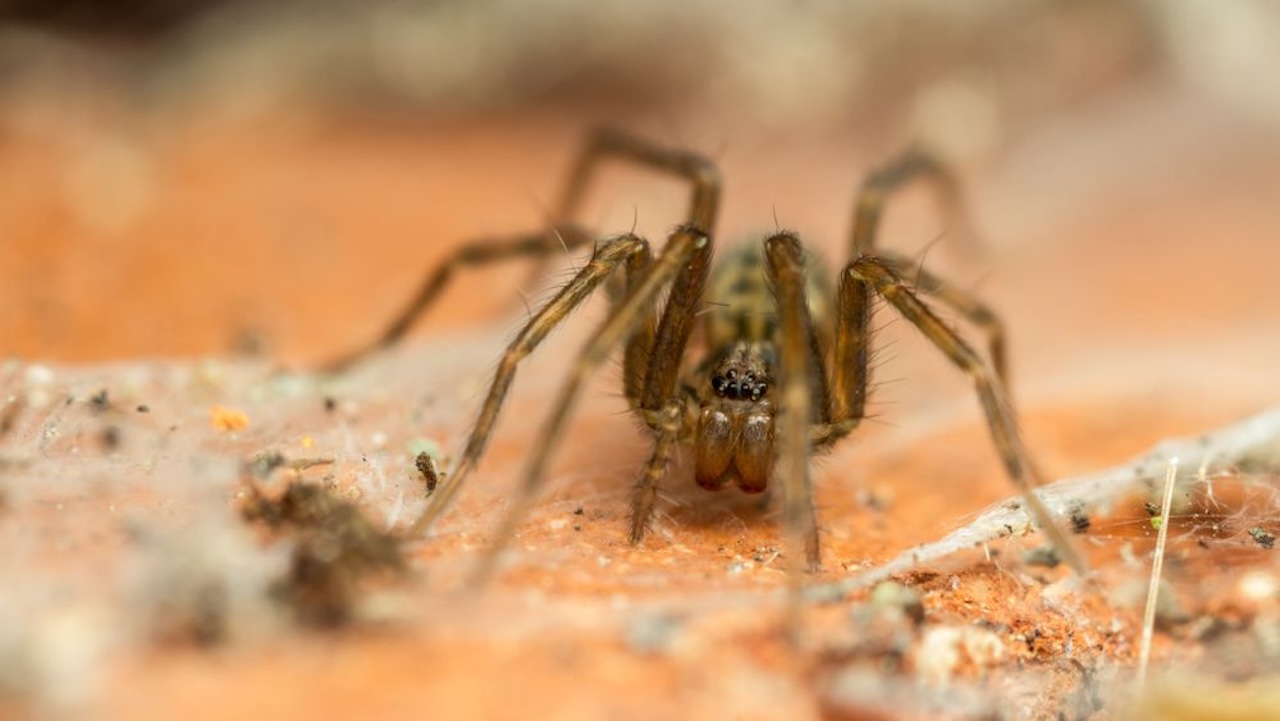
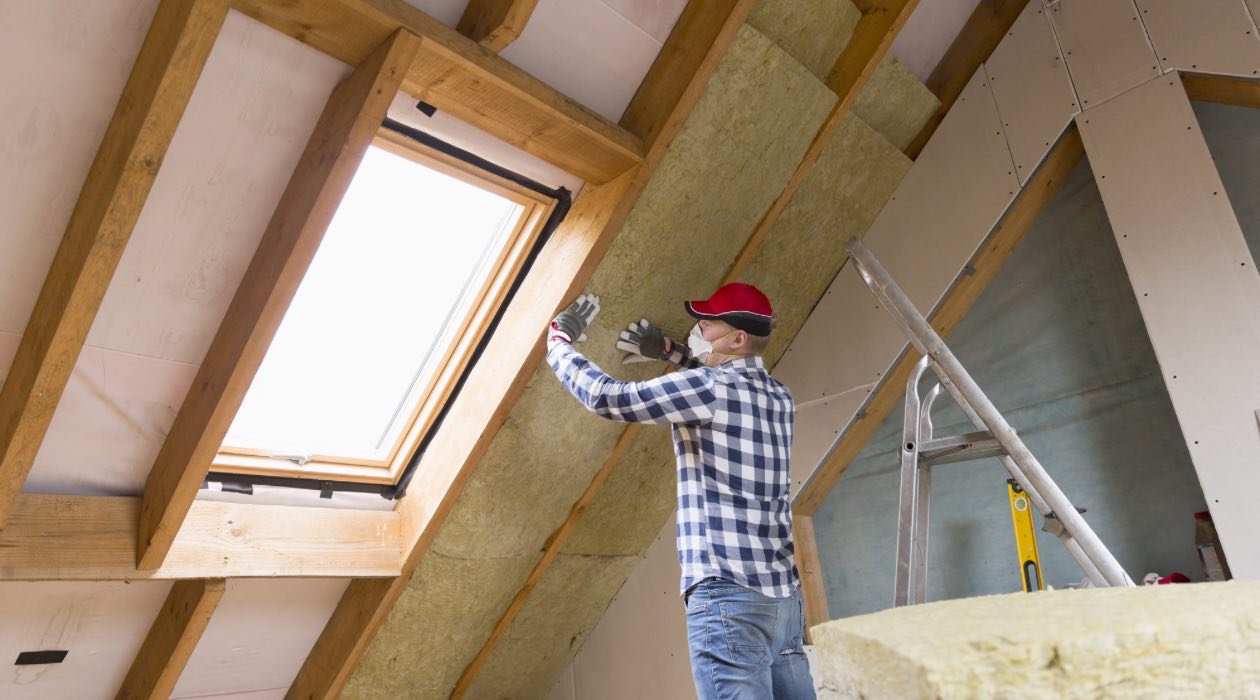
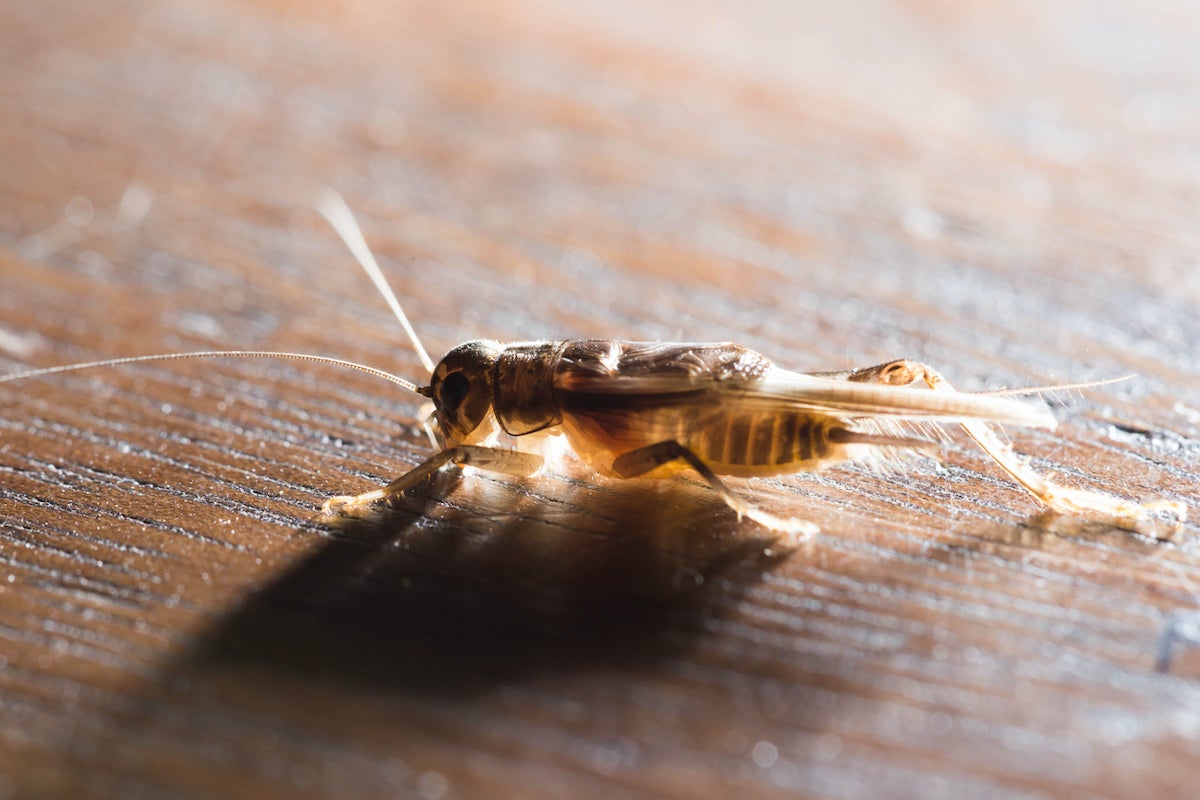

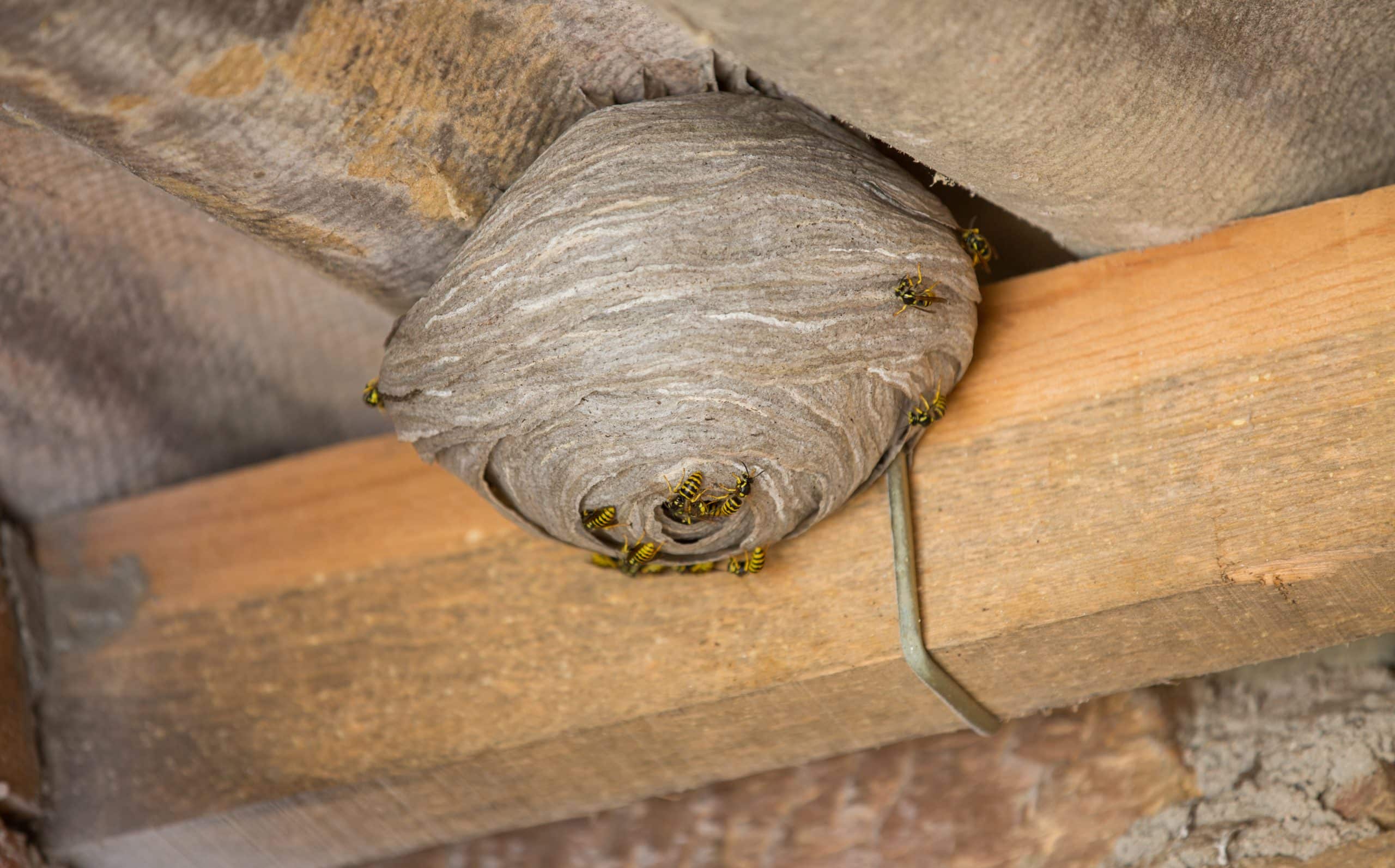
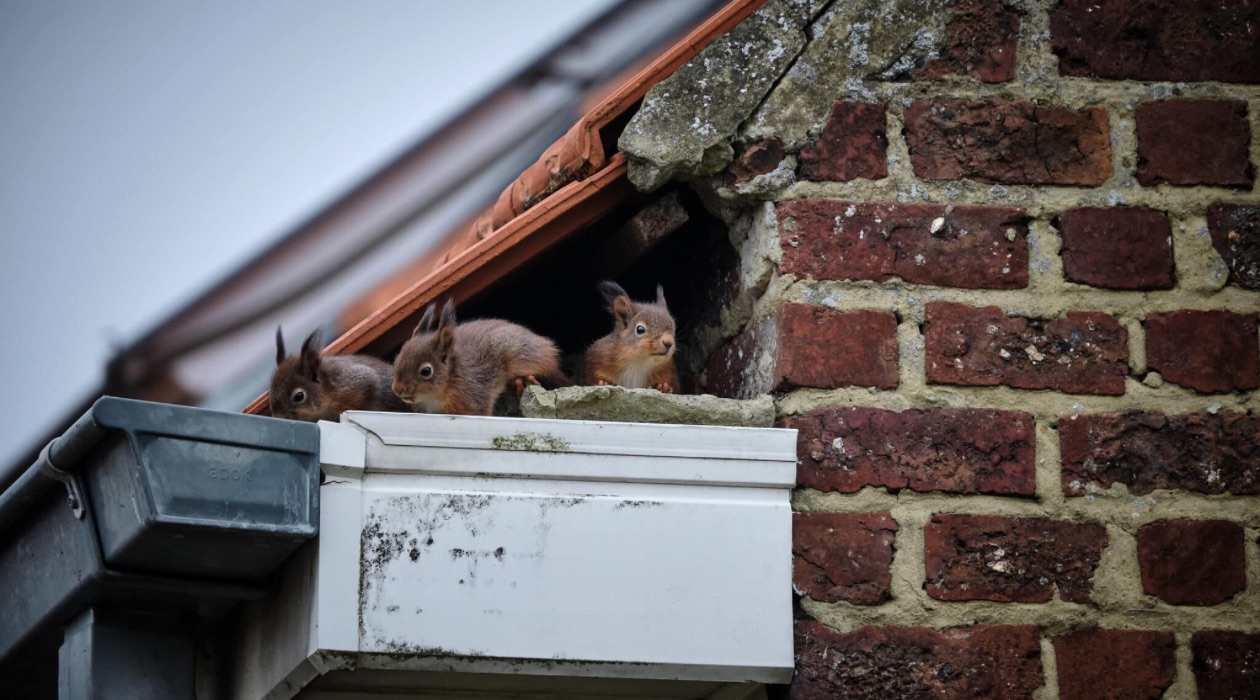
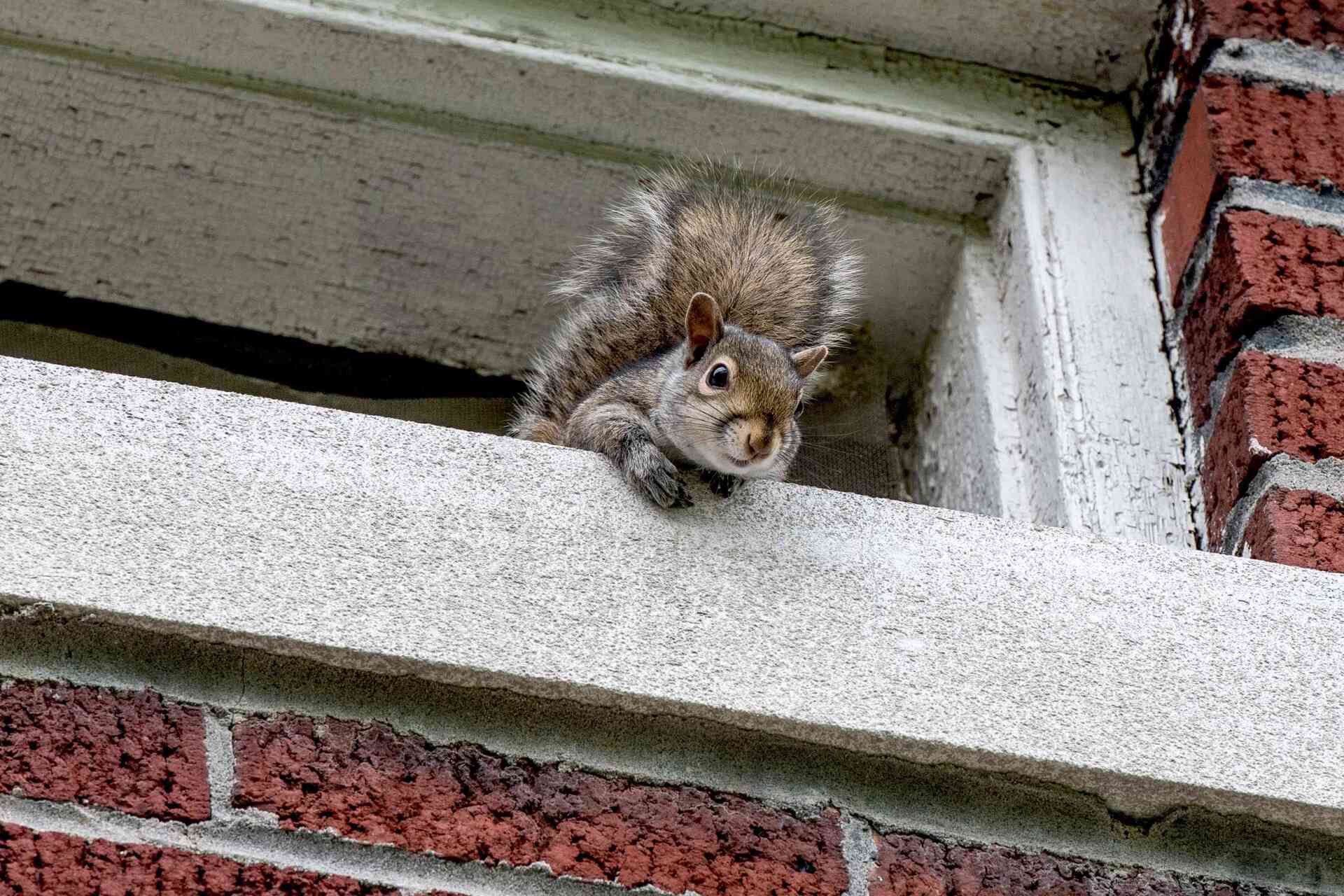
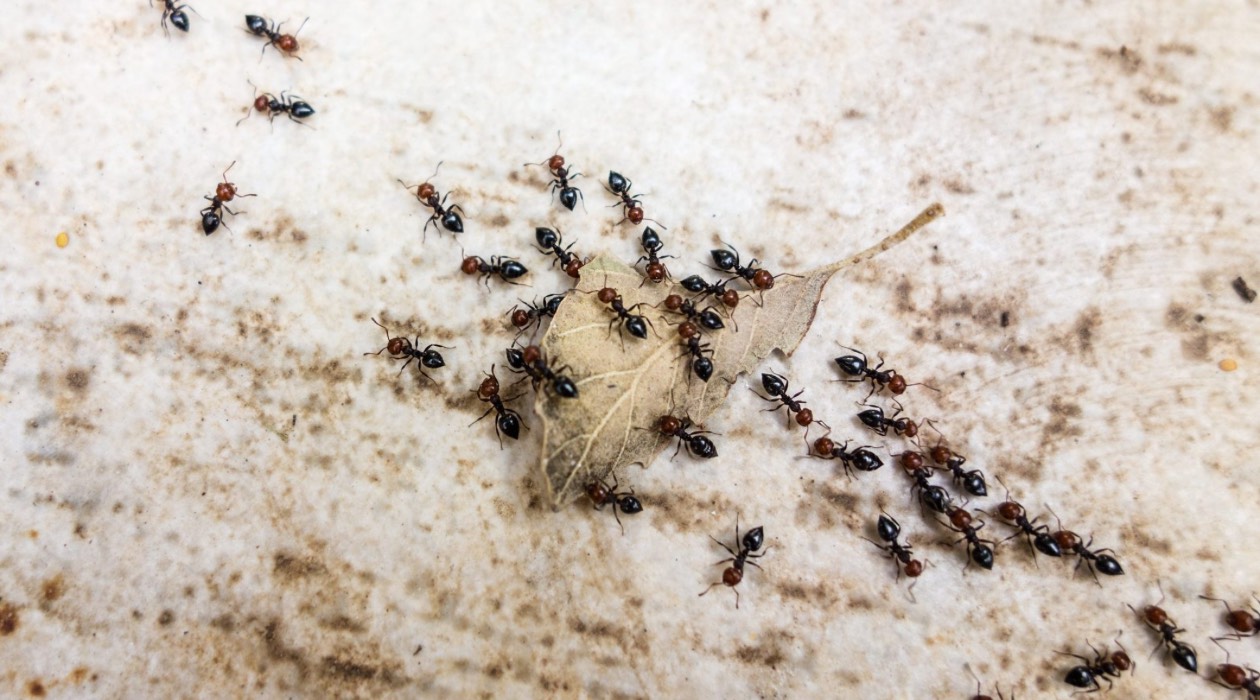

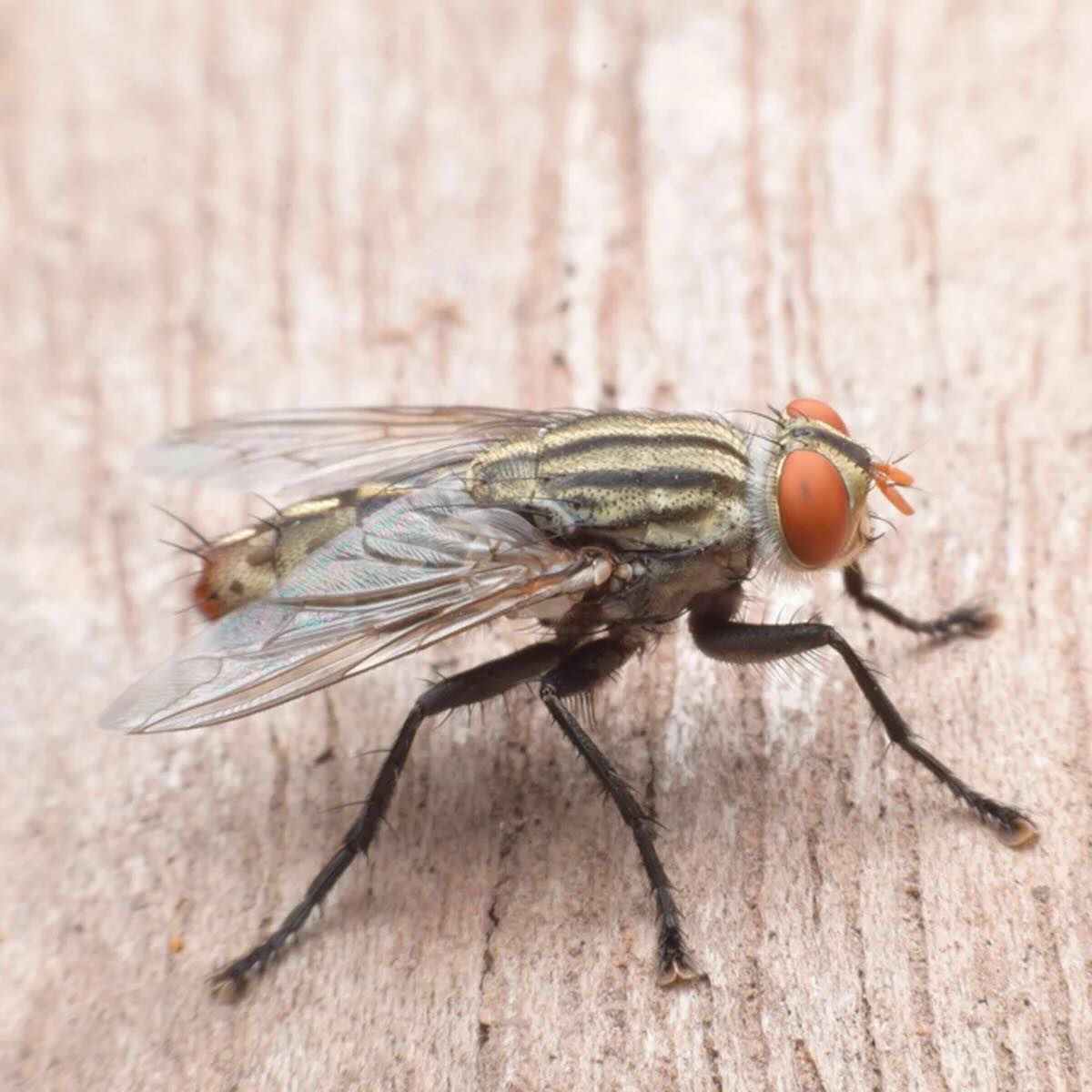

0 thoughts on “How To Get Rid Of Bats In The Attic With Mothballs?”